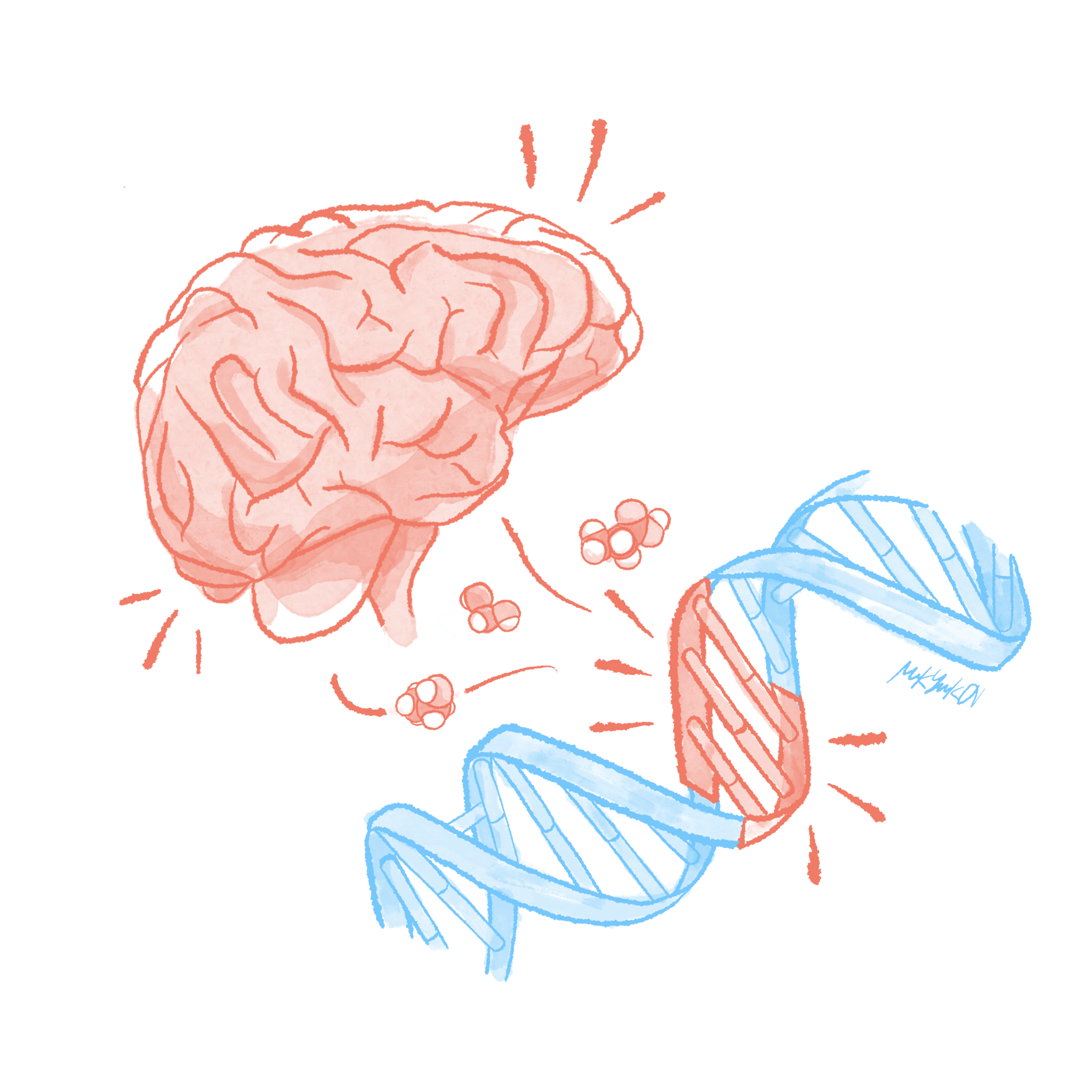Yale study finds the differences between human and animal brains and its implications for the understanding of neurodiversity
Yale professor of neuroscience Nenad Sestan authors two papers outlining the function of retinoic acid in human brain development, which has implications for fostering a better understanding of human cognition.

Mark Chung
Researchers at the Yale School of Medicine found that human brain development begins to differentiate itself from that of other animals as early as the second trimester.
Yale professor of neuroscience Nenad Sestan served as the senior author of these studies, both of which centered themselves around differences present in human, mouse and macaque prefrontal cortex, or PFC, development when altering the retinoic acid, or RA, signals. In the two published papers detailing the findings of the studies, Mikihito Shibata, associate research scientist in the Neuroscience Department, and Kartik Pattabiraman, clinical fellow at the Yale Child Study Center, traced the role that RA plays in prenatal development of the prefrontal cortex — the region of the brain responsible for higher level functioning such as language, emotion and abstract thought. This research is proving its importance, not only through its surface level understanding of humanity, but also through its clinical implications.
“It was a really exciting and unexpected finding,” Kartik Pattabiraman, lead researcher and co-author of the study, said. “Retinoic acid, no one would have guessed that. It is just so important for everything. For it to have a very specific function in a very specific circuit was very surprising overall.”
According to Pattabiraman, understanding PFC development as early as the second trimester of pregnancy is one the “human specific” implications of the published research.
The two papers set the stage for researchers to show how the development of human brains, aided by the presence of retinoic acid, differentiates them from that of other animals.
“Expansion of retinoic acid signaling resulted in expansion of the prefrontal cortex region,” Shibata said. “Humans and macaques show a higher concentration of RA in the PFC region as compared to mice. The paper explained why humans have such huge PFC regions as compared to mice, because of the high amount of RA and the highly sensitive downstream gene.”
This process develops through the expression of two specific genes: CYP26B1 and CBLN2, the former of which controls the activation and synthesis of RA, and the latter helping to form the PFC connections that are influenced by RA.
CBLN2 proved especially interesting in empirically proving how human brains are different and more complex than other animals, including that of the macaque monkeys that were studied. The gene is not only activated earlier in the PFC of human brains, but it is also expressed over a wider area of the larger human PFC. This was key to understanding the circuits in the brain responsible for such higher level human-specific cognition.
“We actually traced our PFC connections to the thalamus,” said Navjot Kaur, a member of the research team that worked on both papers. “We injected tracers and viruses into the PFC and tried to look and see how the connectivity to the thalamus was changing,”
This allowed the team to get an accurate picture of neural circuitry and functioning.
Sestan’s research transcends metacognition — it could offer real and tangible clinical implications, according to Pattabirama. Combining his psychiatric background with this new research, Pattibarama came upon a viable prospect for the treatment and understanding of neurodevelopmental and other mental disorders.
Pattabirama took specific interest in understanding schizophrenia. According to him, there is a loose correlation between RA and schizophrenia. One singular gene regulatory network seems to be at the core of schizophrenia symptoms, at least for those patients with disturbances of RA. Rather than classifying schizophrenia’s origins in adolescence where they have historically appeared to emerge, Pattibarama views the disease like other traditionally understood neurodevelopmental disorders with a genetic basis.
With this, there is hope to intervene and even prevent symptoms of schizophrenia as early as birth. In the outset of this intervention, Pattabirama envisions a type of skills training, similar to some already existent state-subsidized programs, that may be able to help strengthen this specific neural pathway. In the future, he hopes that medications or brain stimulation could take the place of manual training.
“I feel like this is the initial first step … towards identifying a targeted circuit-based intervention to prevent schizophrenia,” Pattabirama said. “I am super excited about the potential clinical implications, despite needing to do a lot more ground work to get to this point, but I think from a clinical standpoint this has the potential to be really important, and really change the way we think about and treat schizophrenia.”
Both studies were published on Oct. 1 in the journal Nature.







